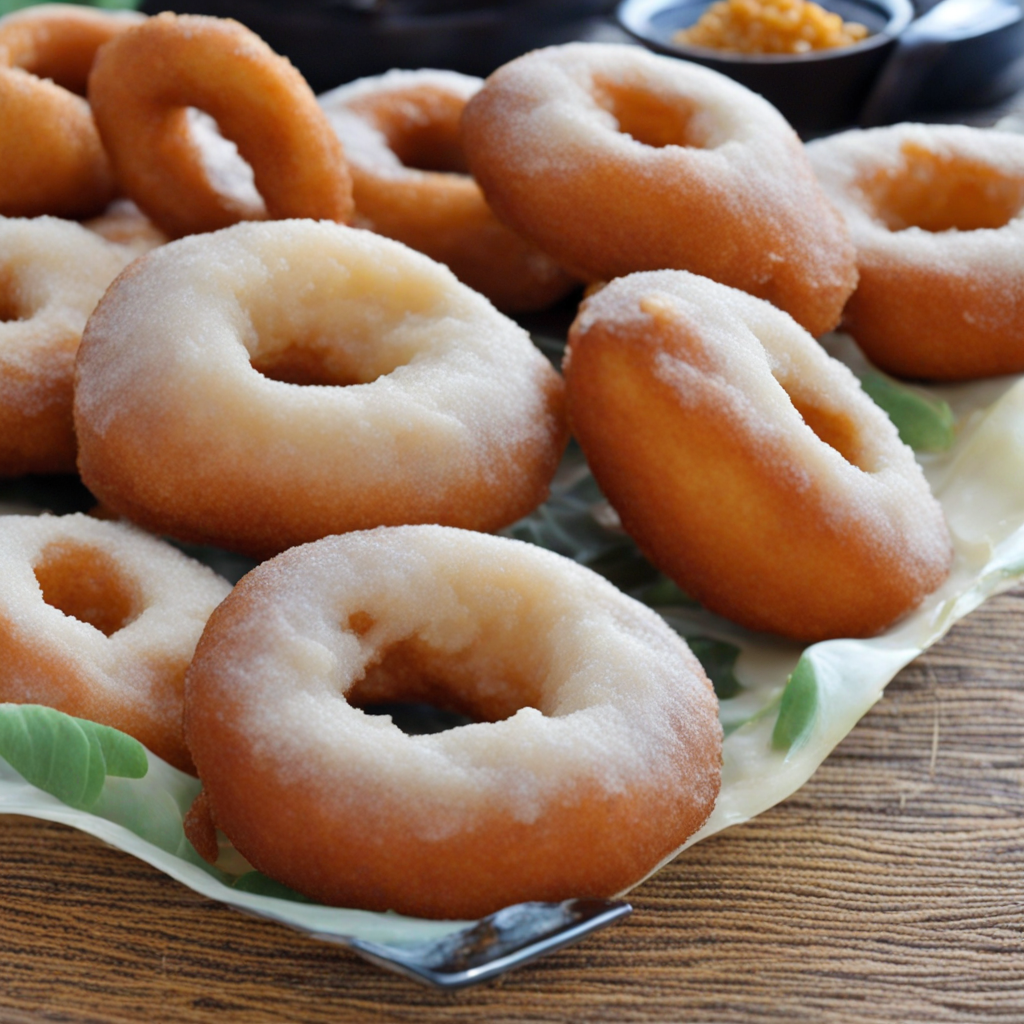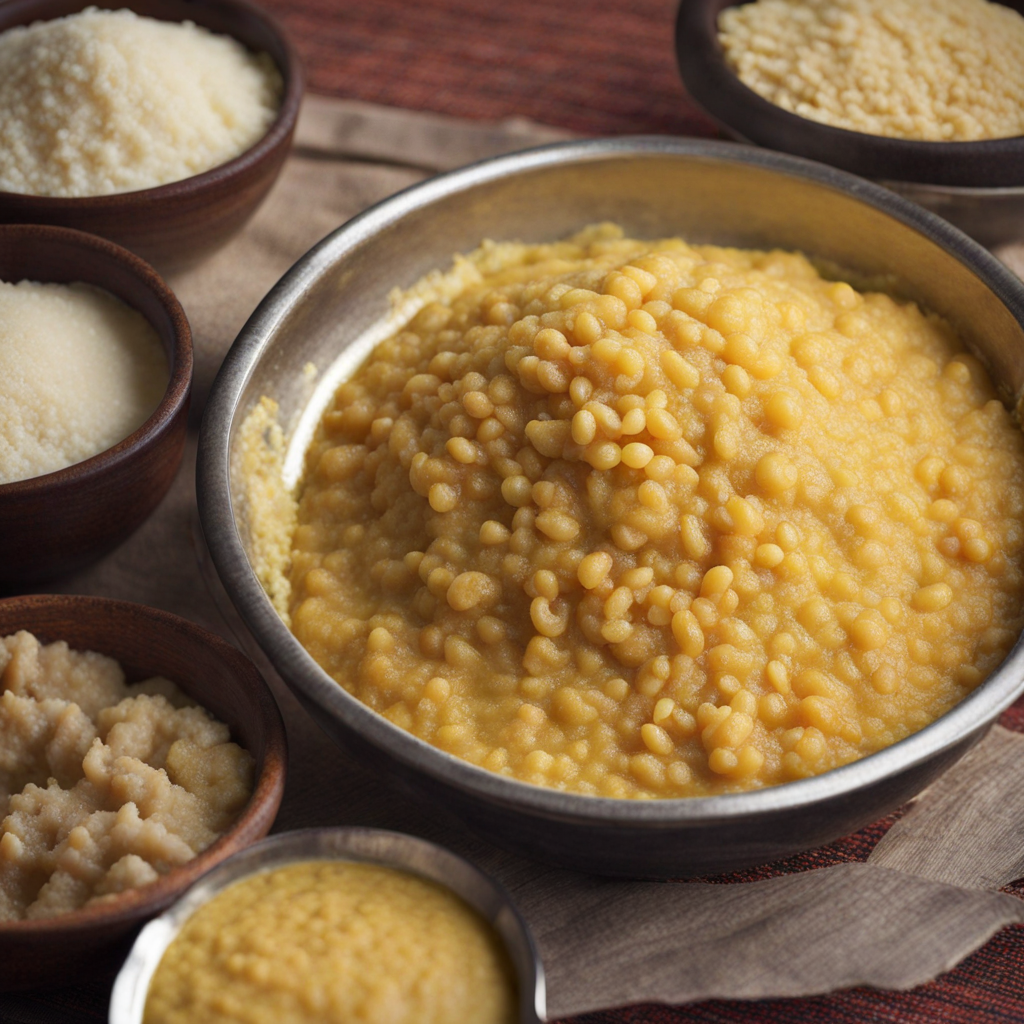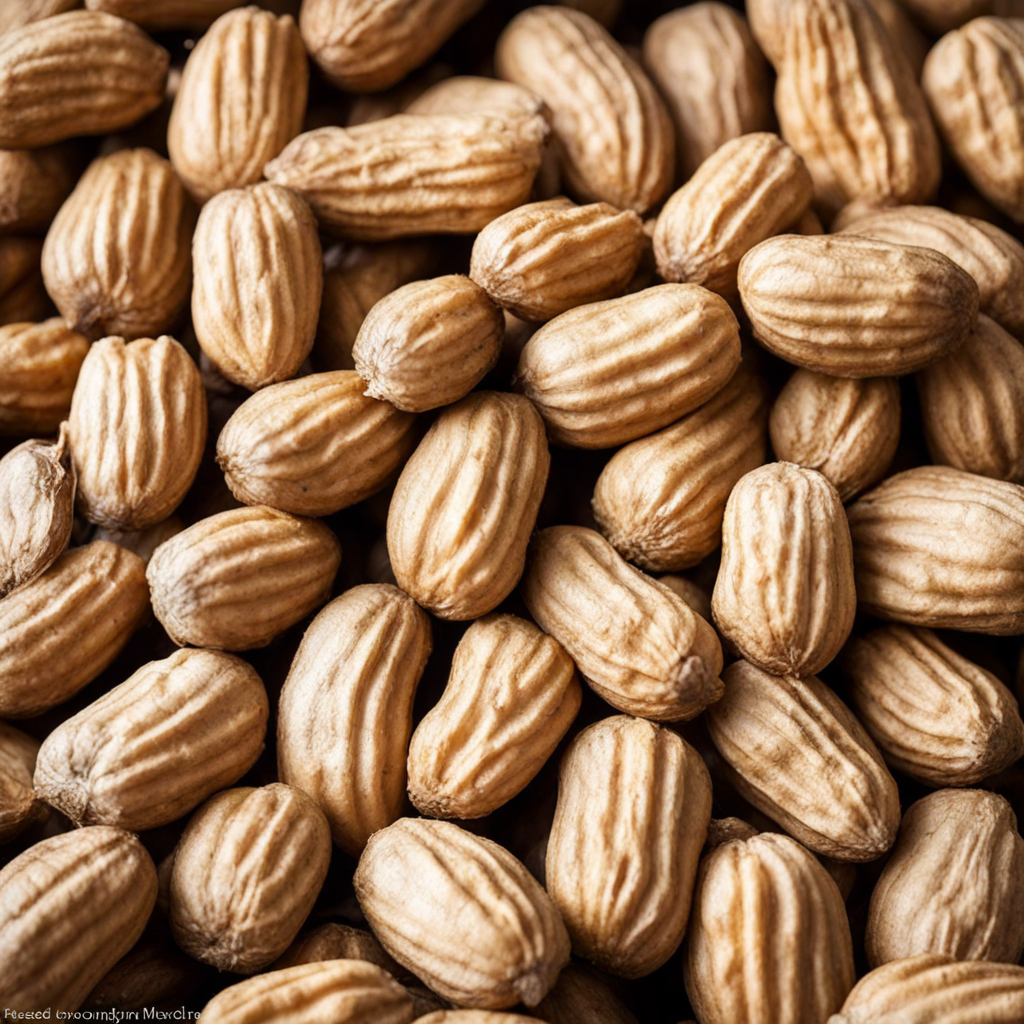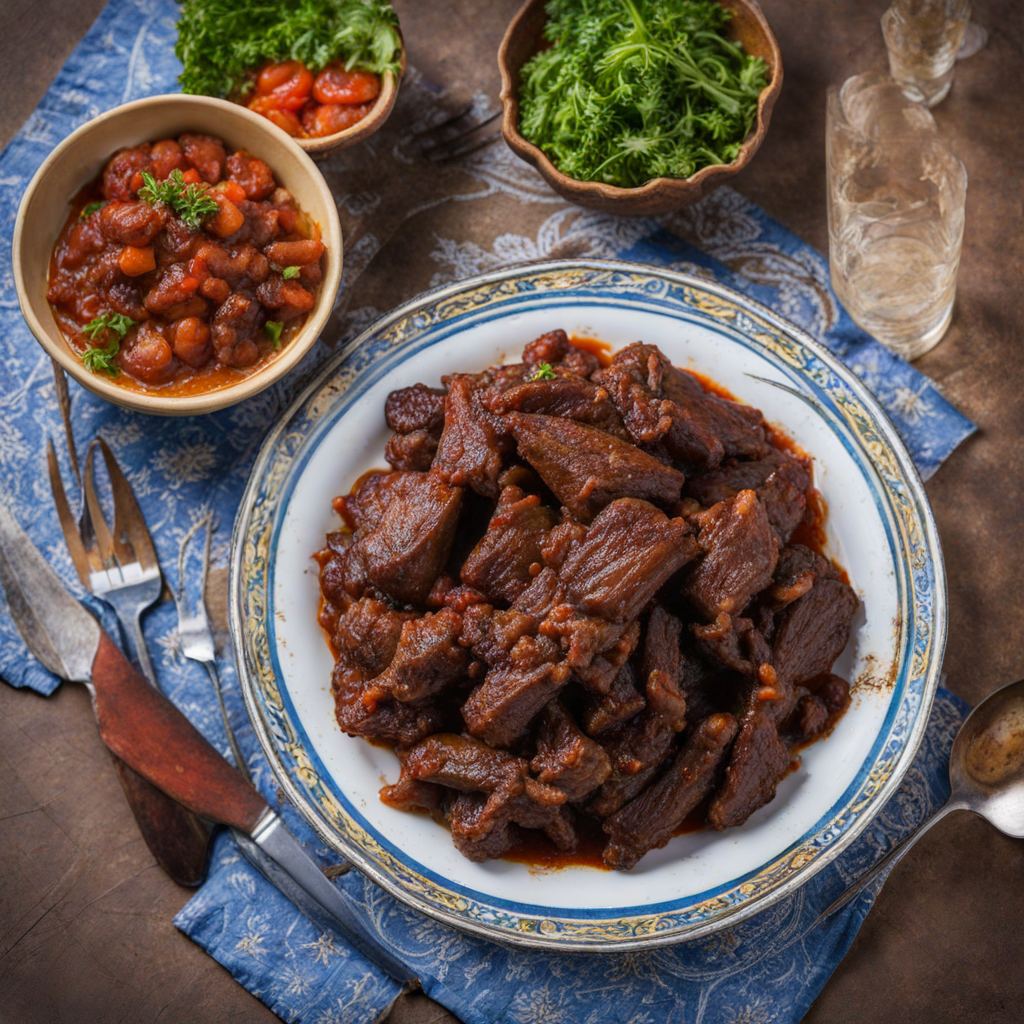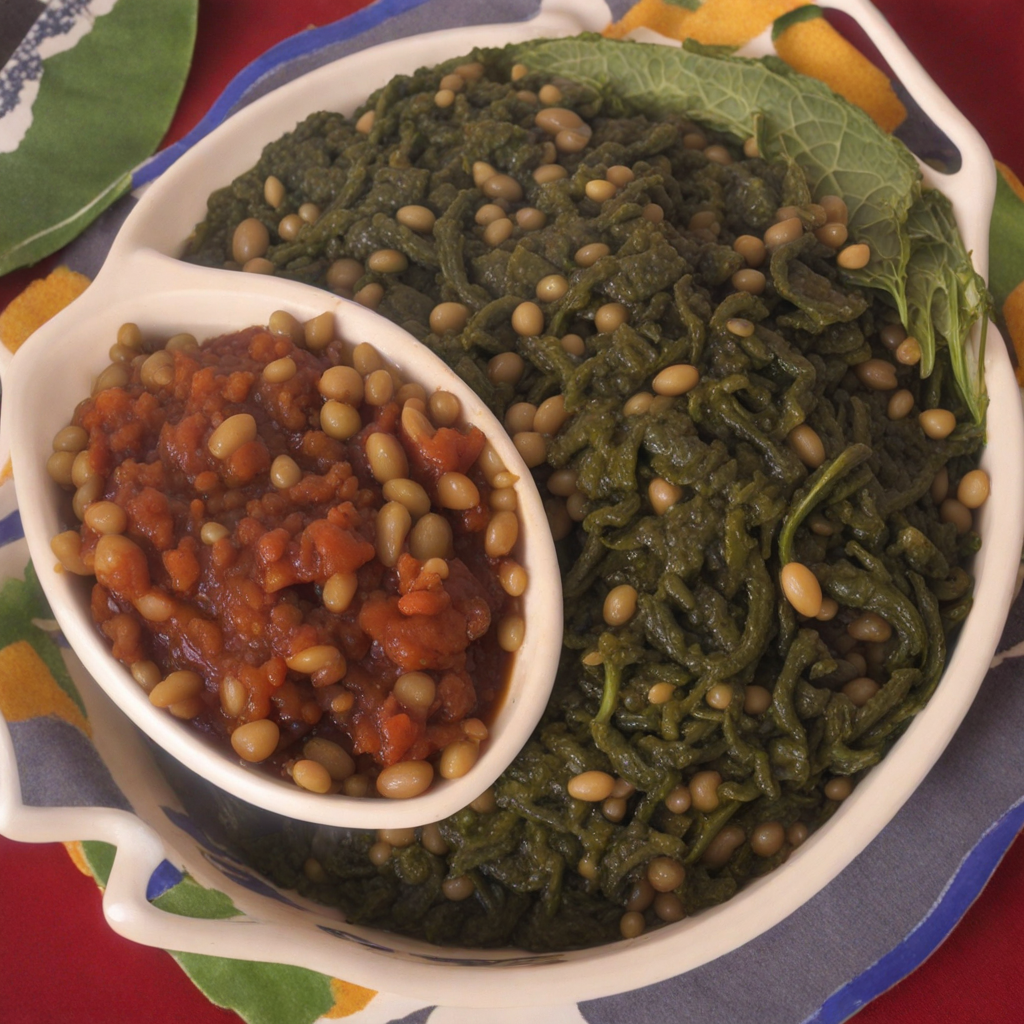Mandasi
Mandasi is a delightful Malawian snack that embodies the rich culinary traditions of the region. These deep-fried doughnuts are made from a simple yet satisfying batter of flour, sugar, and yeast, often enriched with a hint of nutmeg or vanilla for added flavor. The dough is allowed to rise before being shaped into round balls and fried until golden brown, resulting in a soft, fluffy interior complemented by a crisp outer layer. The aroma of freshly fried Mandasi is incredibly inviting, drawing people in with its warm, comforting scent. When you take a bite of Mandasi, you'll experience a delightful balance of sweetness and subtle spice. The texture is light and airy, making it an ideal treat for breakfast or as a snack throughout the day. Traditionally enjoyed with a cup of tea or coffee, these doughnuts can also be dusted with powdered sugar or served with a drizzle of honey for those who prefer a sweeter indulgence. The versatility of Mandasi allows it to be enjoyed in various settings, from casual gatherings to festive celebrations. In addition to its delicious flavor, Mandasi is a symbol of Malawian hospitality, often shared with family and friends during communal meals or special occasions. This beloved treat not only showcases the simplicity of local ingredients but also reflects the warmth and friendliness of the Malawian people. Discovering Mandasi is not just about tasting a new food; it's about immersing yourself in the cultural heritage and traditions that make Malawi's cuisine so unique and inviting.
How It Became This Dish
Mandasi: A Culinary Journey Through Malawi's Rich Heritage Mandasi, a beloved fried doughnut-like snack, holds a special place in the culinary landscape of Malawi. This delightful treat, also known as "Malawi doughnuts," not only satisfies a sweet tooth but also serves as a symbol of the country's vibrant culture, communal traditions, and historical evolution. The story of Mandasi is intertwined with Malawi's agricultural practices, social customs, and the gradual influence of globalization on local cuisine. Origins of Mandasi The roots of Mandasi can be traced back to the early agricultural societies in Malawi, where staple crops like maize and cassava formed the backbone of the diet. The local people developed various methods to make use of these ingredients, leading to the creation of simple, yet delicious, fried snacks. Mandasi likely emerged from the need for portable, quick nourishment that could be prepared with readily available ingredients, making it a practical food for laborers and families alike. The name "Mandasi" is believed to derive from the Chichewa language, where "manda" refers to the act of frying. The basic recipe consists of flour, sugar, yeast, and a pinch of salt, which is mixed and kneaded into a dough. Once the dough has risen, it is shaped into small balls and deep-fried until golden brown. This method of preparation has remained largely unchanged over the years, highlighting the snack's enduring appeal. Cultural Significance Mandasi occupies a significant space in the social fabric of Malawian life. Traditionally, these doughnuts are often enjoyed during communal gatherings, festivals, and celebrations. Whether served at weddings, funerals, or church events, Mandasi fosters a sense of unity and togetherness among participants. Sharing food is a cornerstone of Malawian hospitality, and Mandasi, with its inviting aroma and sweet flavor, embodies this spirit. In many communities, the preparation of Mandasi is a collective effort, often involving women who come together to make large batches. This not only emphasizes the importance of teamwork and collaboration but also provides an opportunity for storytelling and passing down culinary traditions from one generation to the next. The act of frying Mandasi can be seen as a ritual, with each batch representing a moment of shared history and culture. Moreover, Mandasi has also found its way into everyday life as a popular street food. Vendors can be seen selling these treats at markets, bus stations, and busy intersections, making them accessible to people from all walks of life. This has contributed to the snack's status as a staple in Malawian cuisine, often enjoyed alongside a cup of tea or coffee. Its affordability and convenience have made it a favorite among students, workers, and families alike. Development Over Time As Malawi has evolved through the ages, so too has the preparation and consumption of Mandasi. The introduction of new ingredients and cooking techniques, influenced by global trends and trade, has led to variations in this traditional snack. For instance, some modern recipes incorporate flavors such as vanilla, cinnamon, or nutmeg, giving Mandasi a contemporary twist while still honoring its roots. Additionally, the rise of globalization has brought about a fusion of culinary practices. While the traditional preparation of Mandasi remains cherished, new interpretations have emerged, such as chocolate-filled Mandasi or those topped with icing. These adaptations reflect a broader trend in which local foods are reimagined to appeal to younger generations and diverse palates. The growing tourism industry in Malawi has also played a role in the evolution of Mandasi. As visitors flock to the country to experience its natural beauty and cultural richness, they often seek out authentic local cuisine. This has led to an increased interest in traditional foods like Mandasi, prompting chefs and home cooks to showcase their skills and creativity, further enhancing the snack's profile. Modern-Day Mandasi In contemporary Malawi, Mandasi continues to thrive as a symbol of resilience and adaptability. With the challenges posed by urbanization and changing lifestyles, innovative cooks are finding new ways to preserve this culinary heritage. Some have started small businesses centered around Mandasi, experimenting with flavors and presentation to attract a wider audience. Social media has also played a pivotal role in this transformation. Platforms like Instagram and Facebook allow home cooks and entrepreneurs to share their creations, connect with fellow food enthusiasts, and promote their products. As a result, Mandasi has garnered recognition beyond Malawi's borders, with diaspora communities introducing their favorite snacks to new audiences. Moreover, health consciousness has begun to influence how Mandasi is prepared and consumed. Some cooks are experimenting with healthier alternatives, such as using whole grain flour or reducing sugar content, while still maintaining the essence of this cherished treat. This adaptation reflects a larger trend in which traditional foods are being redefined to fit modern dietary preferences while honoring their foundational attributes. Conclusion Mandasi is more than just a sweet snack; it is a testament to Malawi's rich culinary heritage and the resilience of its people. From its humble origins as a practical food for agricultural communities to its status as a cherished street food and symbol of togetherness, Mandasi has evolved while retaining its core values of community, tradition, and flavor. As Malawi continues to navigate the complexities of globalization and modernity, Mandasi stands as a reminder of the importance of preserving culinary traditions while embracing innovation. This delightful treat not only nourishes the body but also nourishes the soul, connecting generations and fostering a sense of belonging in a rapidly changing world. Whether enjoyed at a bustling market or during a quiet family gathering, Mandasi remains a cherished part of Malawi's cultural identity, inviting all who taste it to partake in its rich history.
You may like
Discover local flavors from Malawi



